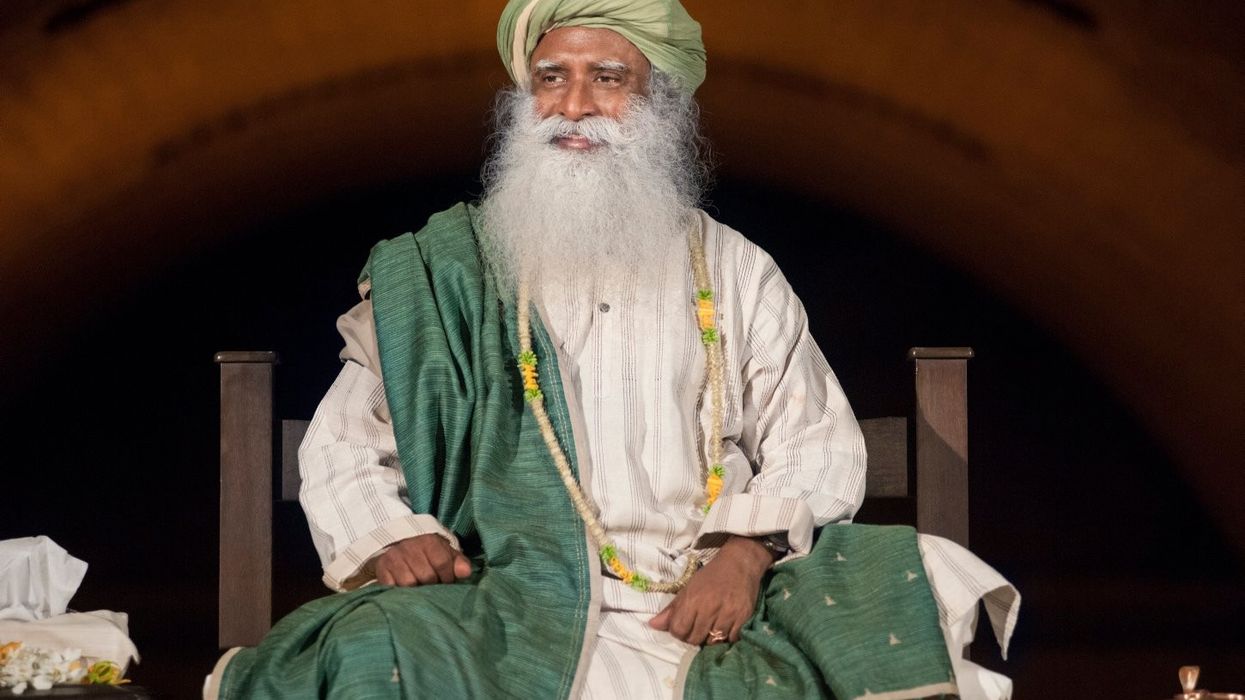By Nadeem Badshah
BRITISH ASIAN parents are being urged to set a healthier example for their families after figures showed children of Bangladeshi origin have the second-highest rates of being overweight.
Government data published earlier this year showed that 44 per cent of British-Bangladeshi youngsters aged 10-11 were classed as overweight, second only to those of African origin.
The figure was 37 per cent for children of Indian origin, 40 per cent among British Pakistanis and 32 per cent among white British youths.
In contrast, 14 per cent of British Indian children aged four-to-five were overweight compared to 20 per cent among Pakistanis, 21 per cent among Bangladeshis and 23 per cent among white British school children.
Experts believe more parents need to adopt better diet and exercise habits for their children to follow, as south Asians are already, six times more likely to be diagnosed with diabetes than their white counterparts.
Dr Mahendra Patel, a senior member of the South Asian Health Foundation, told Eastern Eye: “In terms of parents, lack of education plays a big part. Many are not engaging in healthy lifestyles and diets themselves, which may have an impact on their children.
“The risk of diabetes is already higher inherently.
“Also, children don’t play outside compared to 20-30 years ago.”
He added: “There is a lesser drive-by parents to encourage children to engage in physical activity. They learn from what their parents are doing.
“It’s possibly more in lower socio-economic groups. It would be interesting to see what their lunch boxes contain.
“With the Bangladeshi population, some may not realise the potential of what could happen in developing diabetes and cardiovascular diseases later.
“And in deprived communities, they may not be going to the gym, so the example is not being set.”
Statistics showed that on average, 22.4 per cent of children in England aged four to five years, and 34.3 per cent of those aged 10 to 11 years, were overweight in 2017-18. In every ethnic group, a higher percentage of those aged 10 to 11 were overweight compared with kids aged four to five.
Tam Fry, chairman of the National Obesity Forum, told Eastern Eye: “It is well known that south Asians have a very different body type, genetic and metabolic composition from westerners.
“The thresholds for being overweight and obese are lower and therefore Bangladeshis are likely to show up as greater numbers in the statistics.
“Huge numbers are now also liable to be at the mercy of ‘western’ junk diets and this can only add to their problems.
“To address these problems, all children should be weighed routinely from birth and any rise in excess weight investigated immediately. Thereafter their body mass index (BMI) should be checked yearly through adolescence with the same investigation offered.
“It is crucial that any unhealthy development be caught as possible early as possible, and that type 2 diabetes, very prevalent among south Asians, is not a consequence of their weight gain.”
Professor Kiran Patel, medical director of NHS England in the West Midlands, said obesity “is a major global challenge and gives rise to risks of cardiovascular disease and cancers. Preventing obesity starts in childhood and therefore good parenting to encourage healthy eating and physical activity is essential.”











